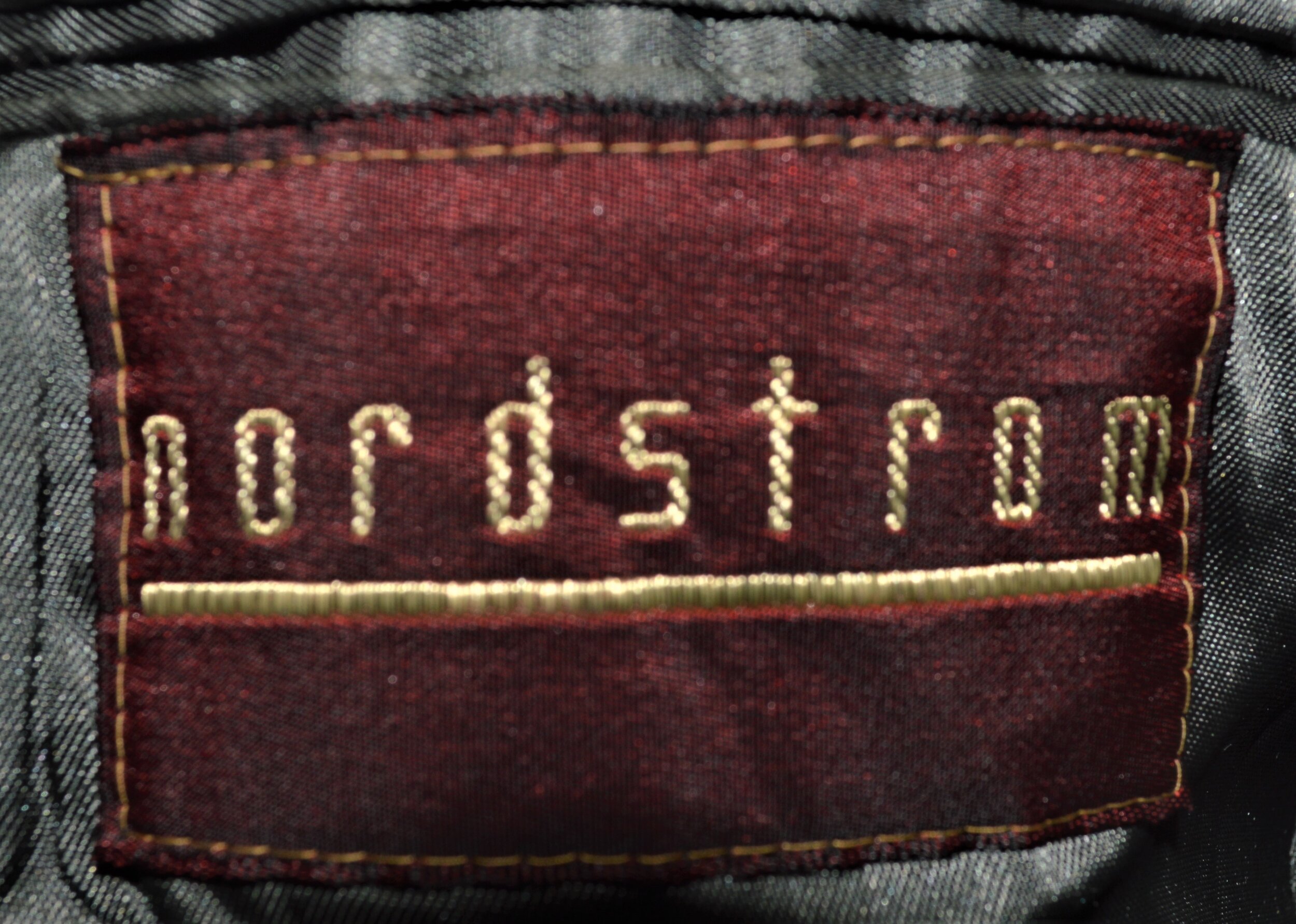Hacking a Hacking Jacket
Around this time of year my lust for all things wool often reaches critical mass, and 2021 is shaping up to be no different.
Sometimes I try to exercise restraint, but this is not one of those times. Instead, I recently found myself feverishly googling for a real live Harris Tweed Hacking Jacket.
As. If.
A ready-to-wear version costs north of $500 USD, and a good deal more if made to order in Scotland, which many are. Not that they aren’t worth the cost, if one has the scratch: Harris tweed is still woven by hand by true artisans, and then expertly tailored in the finest tradition. This care and skill results in garments that can and do last for generations.
Undaunted, I turned to my favorite online vintage resources, knowing that a garment of that quality can be just as good, if not better, when acquired second/third/fourth hand. Sadly, this seems to be common knowledge, as the vintage examples I could find were even more rare and valuable than some new ones.
For the uninitiated, a hacking jacket is a kind of tweed sports coat, traditionally worn for horsing around. On actual horses, typically, but if Ralph Lauren and J. Peterman are to be believed, having the jacket is enough to imply having the horse, and the leisure, and the country estate that go along with it.
An excellent guide to hacking jackets can be found HERE
Never one to be dissueded by a little thing like poverty, I took myself off to the closest charity shop. Without even trying, I found no less than three (3!) Harris Tweed jackets in the men’s department, for a little under $12 each. In an uncharacteristic display of restraint, I chose (only) one. It shows no damage or wear, has its original labels, and best of all, fits me perfectly. I can only assume that it was previously worn by another woman, or a young gentleman. My guess is the latter; it was probably outgrown before it could be worn much.
Characteristic half-lining and perfect tailoring
It even retains all its original buttons, though time and possibly dry-cleaning solvents have taken their toll on them.
So although it’s no hacking jacket, I believe I can complete a few renovations which will give it the the authenticity I crave, if not the equine accuracy. Notably:
Add a third handsewn buttonhole and button at the center front
Add another welt pocket on the right side above the existing one
Shorten to a more proportionate length for my frame
With the leftover wool, create a throat tab on the upper lapel, and a back belt
Replace the tired buttons with new hand-tied leather ones
And here is the biggest gamble of all: Wash it by hand.
Now, guessing by the font on the Nordstrom label, I’d place the vintage of this piece sometime in the 1970s-1980s. Which means I could be dealing with 40+ years of dust, grime and dry-cleaning residue. Washing it will do no harm to the wool, and may, in fact, improve it greatly by fluffing up the fibres. The possible downside of a wash is that the hair canvas, padstitching, and shoulder pads could shrink, even in cold water, leaving me with a rumpled and puckered mess. But for less than $12, I think the ends justify the means. If the worst happens, I can replace the shoulder pads and try reshaping the canvas with heat and steam. And/or kick myself, then go back for one of the other two jackets I passed up.
I’m off to begin surgery, just as soon as I feed my imaginary horse.





